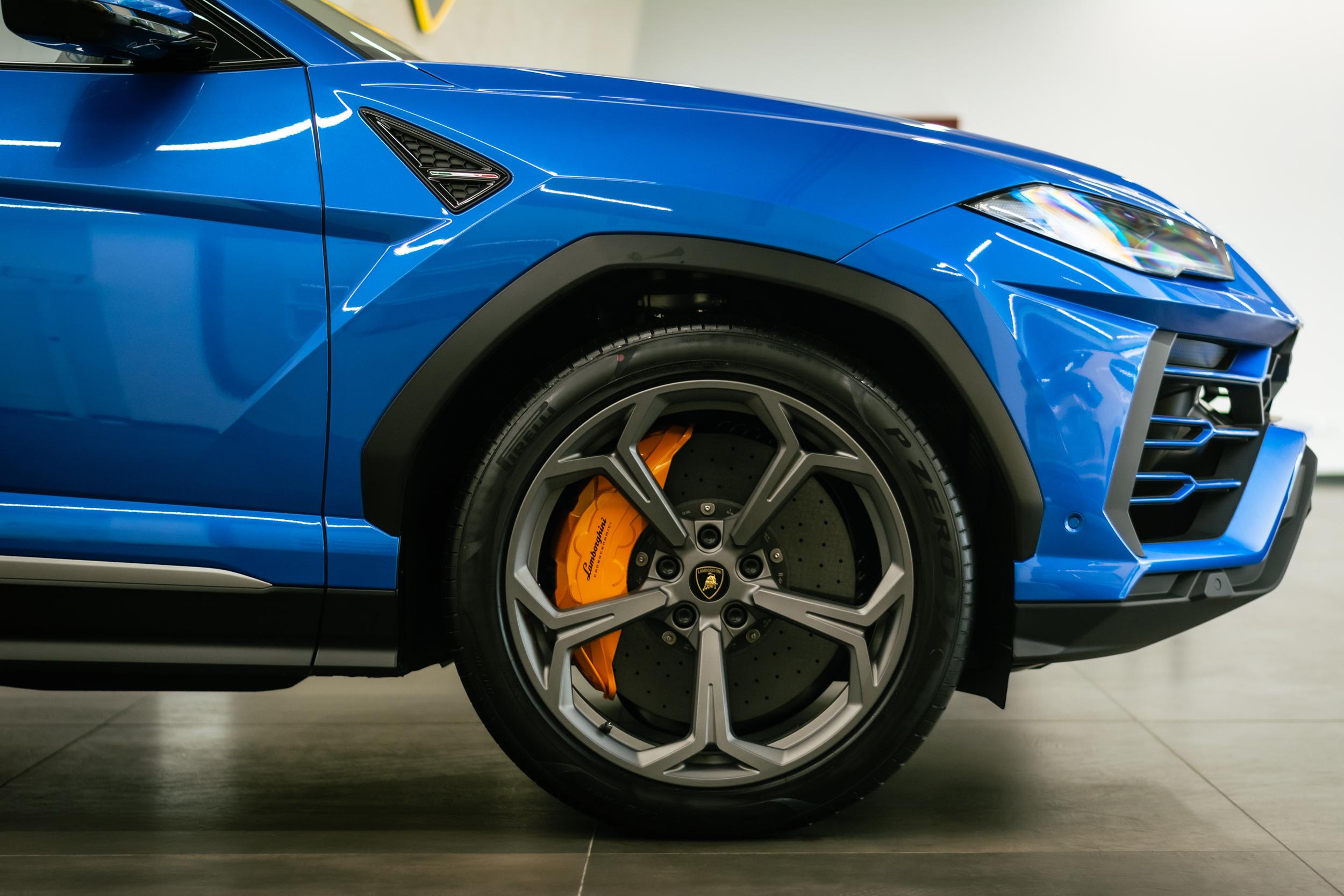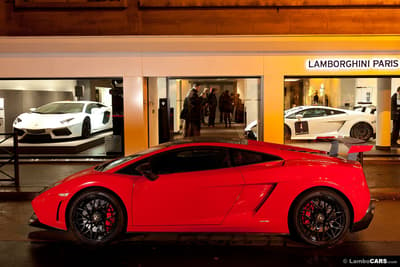For automotive aficionados, understanding the nuances of a car’s weight can offer a fascinating insight into its performance capabilities, handling, and overall driving experience. One marque that continually captures the imagination of car enthusiasts worldwide is the Lamborghini. But how much does a Lamborghini weigh, and what factors influence its weight? Let’s delve into it.
How Heavy Is A Lamborghini?
Lamborghini offers a diverse range of supercars and SUVs, each meticulously engineered to deliver unmatched performance and style. The lineup includes vehicles like the Huracán, Aventador, and Urus, among others.
How Much Does Lamborghini Huracán Weigh?
The Huracán, a successor to the iconic Gallardo, is one of Lamborghini’s more “compact” supercars. Depending on the specific model and configuration, the Huracán’s weight typically hovers around 1,400 to 1,500 kg (roughly 3,086 to 3,307 lbs). Its relatively lighter weight, combined with dynamic engineering, offers a nimble and exhilarating driving experience.
| Model | Weight |
| Lamborghini Huracán LP610-4 | ~1,422 kg (3,135 lbs) |
| Lamborghini Huracán LP610-4 Spyder | ~1,542 kg (3,399 lbs) |
| Lamborghini Huracán LP580-2 | ~1,389 kg (3,062 lbs) |
| Lamborghini Huracán LP580-2 Spyder | ~1,509 kg (3,326 lbs) |
| Lamborghini Huracán LP640-4 Performante | ~1,382 kg (3,047 lbs) |
| Lamborghini Huracán LP640-4 Performante Spyder | ~1,507 kg (3,322 lbs) |
| Lamborghini Huracán Evo | ~1,422 kg (3,135 lbs) |
| Lamborghini Huracán Evo Spyder | ~1,542 kg (3,399 lbs) |
| Lamborghini Huracán Evo RWD | ~1,389 kg (3,062 lbs) |
| Lamborghini Huracán Evo RWD Spyder | ~1,509 kg (3,326 lbs) |
| Lamborghini Huracán STO | ~1,339 kg (2,952 lbs) |
| Lamborghini Huracán Tecnica | ~1,379 kg (3,040 lbs) |
| Lamborghini Huracán Sterrato | ~1,470 kg (3,241 lbs) |
How Much Does Lamborghini Aventador Weigh?
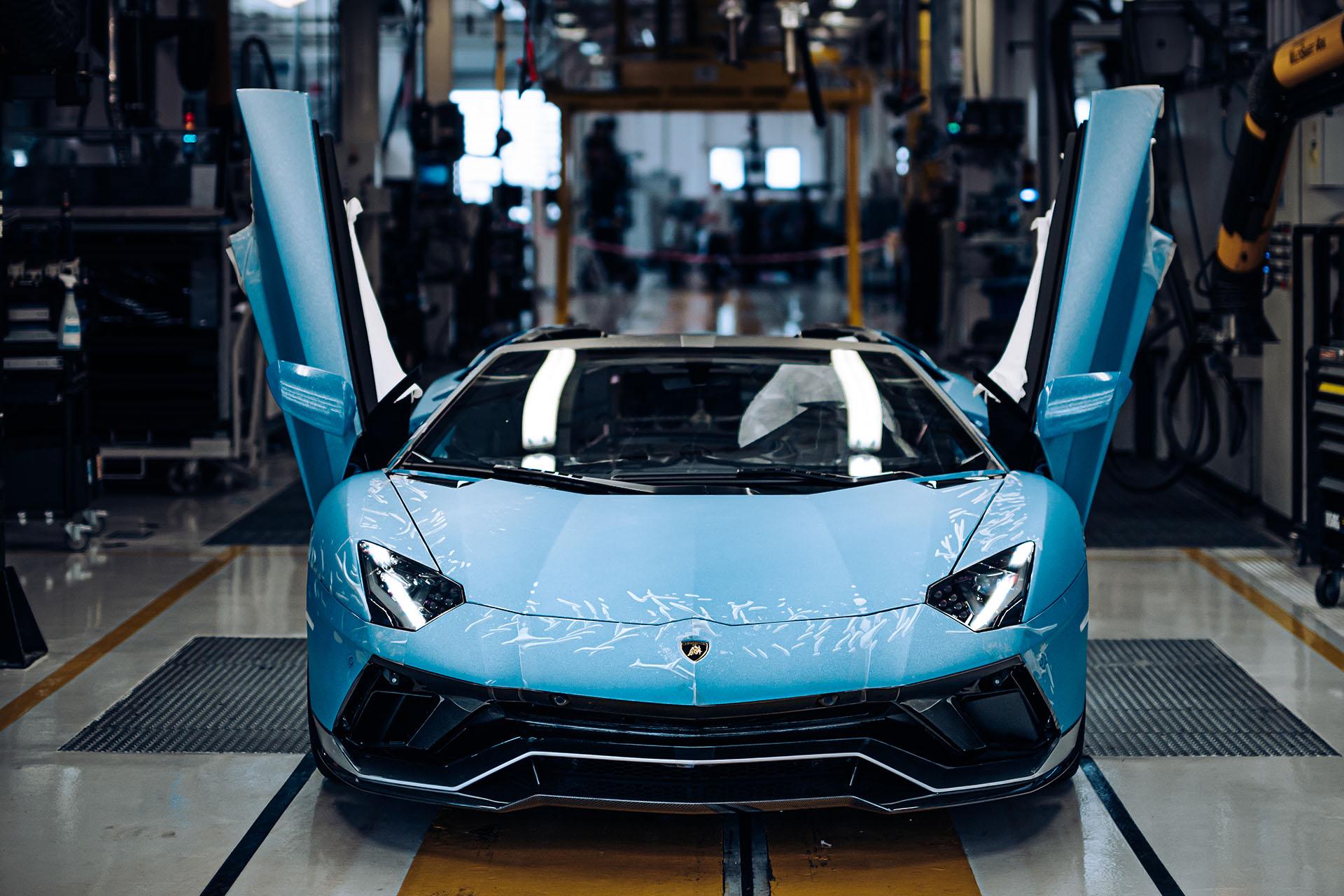
The Aventador, a flagship V12 monster, is a touch heftier. This machine generally weighs in the ballpark of 1,575 to 1,700 kg (3,472 to 3,748 lbs), contingent upon the particular variant and optional equipment. Despite its heft, the Aventador’s power ensures it delivers a thunderous performance on the road or track.
| Model | Weight |
| Lamborghini Aventador LP700-4 | ~1,575 kg (3,472 lbs) |
| Lamborghini Aventador LP700-4 Roadster | ~1,625 kg (3,582 lbs) |
| Lamborghini Aventador LP750-4 SuperVeloce | ~1,525 kg (3,362 lbs) |
| Lamborghini Aventador LP750-4 SV Roadster | ~1,575 kg (3,472 lbs) |
| Lamborghini Aventador S LP740-4 | ~1,575 kg (3,472 lbs) |
| Lamborghini Aventador S Roadster LP740-4 | ~1,625 kg (3,582 lbs) |
| Lamborghini Aventador SVJ LP770-4 | ~1,525 kg (3,362 lbs) |
| Lamborghini Aventador SVJ Roadster LP770-4 | ~1,575 kg (3,472 lbs) |
How Much Does Lamborghini Urus Weigh?
Venturing into the SUV segment, the Lamborghini Urus naturally carries more weight, given its size and utility. The Urus usually tips the scales at around 2,200 kg (about 4,850 lbs). However, it gracefully blends supercar DNA with SUV versatility, proving that weight is but a number in the face of engineering brilliance.
| Model | Weight |
| Lamborghini Urus | ~2,200 kg (4,850 lbs) |
| Lamborghini Urus S | ~2,197 kg (4,844 lbs) |
| Lamborghini Urus Performante | ~2150 kg (4740 lbs) |
How Much Does Lamborghini Gallardo Weigh?
The Lamborghini Gallardo, which graced the roads from 2003 to 2013, is one of the brand’s most successful models in terms of sales. When it comes to its weight, the Gallardo’s figures vary depending on the specific variant and model year. However, on average, the Gallardo weighs in the range of 1,380 to 1,520 kilograms (approximately 3,042 to 3,351 lbs).
| Model | Weight |
| Lamborghini Gallardo | ~1,430 kg (3,153 lbs) |
| Lamborghini Gallardo Spyder | ~1,520 kg (3,351 lbs) |
| Lamborghini Gallardo Superleggera | ~1,340 kg (2,954 lbs) |
| Lamborghini Gallardo LP 560-4 | ~1,410 kg (3,109 lbs) |
| Lamborghini Gallardo LP 560-4 Spyder | ~1,485 kg (3,274 lbs) |
| Lamborghini Gallardo LP 570-4 Superleggera | ~1,340 kg (2,954 lbs) |
| Lamborghini Gallardo LP 570-4 Spyder Performante | ~1,485 kg (3,274 lbs) |
| Lamborghini Gallardo LP 570-4 Super Trofeo Stradale | ~1,340 kg (2,954 lbs) |
| Lamborghini Gallardo LP 550-2 | ~1,380 kg (3,042 lbs) |
| Lamborghini Gallardo LP 550-2 Spyder | ~1,460 kg (3,219 lbs) |
| Lamborghini Gallardo LP 570-4 Squadra Corse | ~1,340 kg (2,954 lbs) |
How Much Does Lamborghini Countach Weigh?
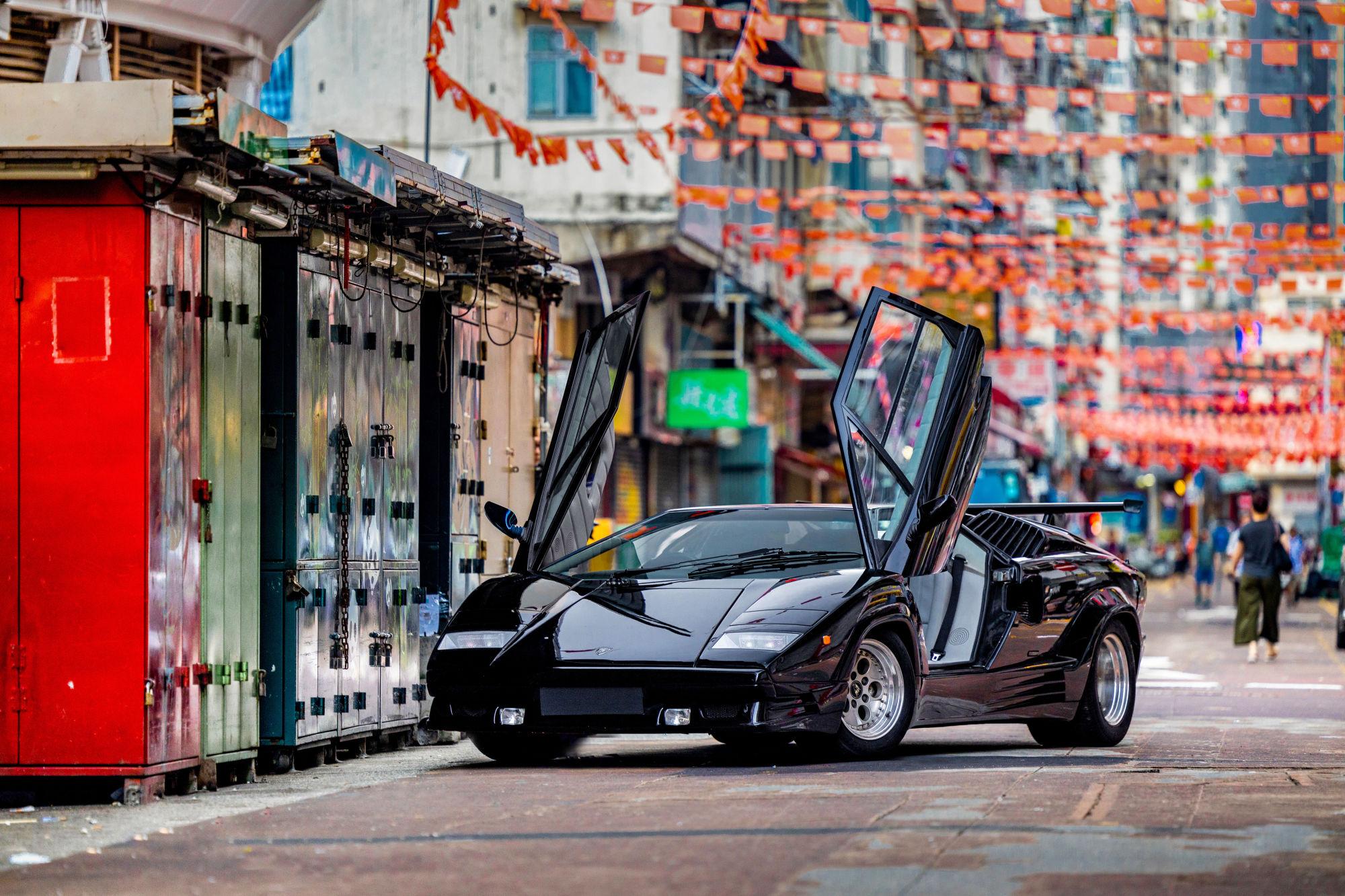
The Lamborghini Countach is an iconic supercar that defined a generation with its wedge-shaped design and aggressive stance. Produced from the early 1970s to the early 1990s, its weight evolved over various iterations. On average, the Countach weighed between 1,490 to 1,590 kilograms (approximately 3,285 to 3,505 lbs). The specific weight of a Countach largely depended on the model variant (e.g., LP400, LP500S, 25th Anniversary) and the equipment on board.
| Model | Weight |
| Lamborghini Countach LP400 | ~1,485 kg (3,274 lbs) |
| Lamborghini Countach LP400S | ~1,500 kg (3,307 lbs) |
| Lamborghini Countach LP500S | ~1,515 kg (3,340 lbs) |
| Lamborghini Countach LP5000QV | ~1,590 kg (3,505 lbs) |
| Lamborghini Countach 25th Anniversary | ~1,590 kg (3,505 lbs) |
How Much Does Lamborghini Diablo Weigh?
The Lamborghini Diablo, a successor to the iconic Countach, represented Lamborghini’s pinnacle of performance and style during its production from 1990 to 2001. As with many supercars, its weight varied depending on the specific variant and the equipment outfitted. On average, the Diablo’s weight ranged between 1,575 to 1,650 kilograms (approximately 3,472 to 3,638 lbs).
| Model | Weight |
| Lamborghini Diablo | ~1,580 kg (3,483 lbs) |
| Lamborghini Diablo VT | ~1,625 kg (3,582 lbs) |
| Lamborghini Diablo SE30 | ~1,570 kg (3,461 lbs) |
| Lamborghini Diablo SV | ~1,565 kg (3,450 lbs) |
| Lamborghini Diablo VT Roadster | ~1,640 kg (3,616 lbs) |
| Lamborghini Diablo VT 6.0 | ~1,665 kg (3,671 lbs) |
| Lamborghini Diablo VT 6.0 SE | ~1,665 kg (3,671 lbs) |
How Much Does Lamborghini Murciélago Weigh?
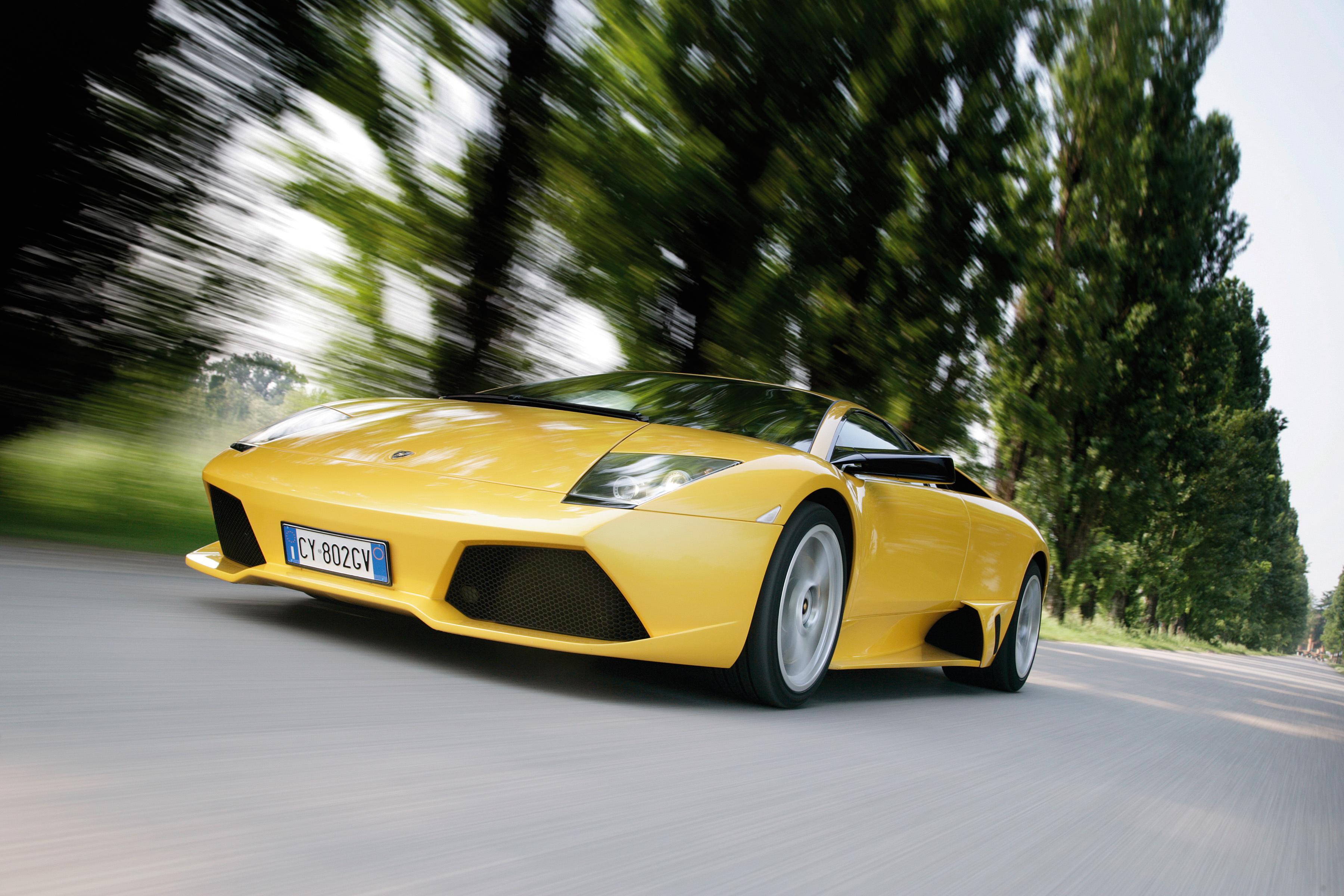
Produced from 2001 to 2010, the Lamborghini Murciélago blends performance with iconic design. Weighing between 1,650 to 1,850 kg (approximately 3,638 to 4,078 lbs) based on the variant, this V12-powered beast exemplifies a balance of power and structure, providing a distinct driving experience.
| Model | Weight |
| Lamborghini Murciélago | ~1,650 kg (3,638 lbs) |
| Lamborghini Murciélago Roadster | ~1,725 kg (3,803 lbs) |
| Lamborghini Murciélago LP640 | ~1,746 kg (3,850 lbs) |
| Lamborghini Murciélago LP640 Roadster | ~1,780 kg (3,924 lbs) |
| Lamborghini Murciélago LP670-4 SuperVeloce | ~1,565 kg (3,450 lbs) |
Limited Edition Lamborghini Models Weight
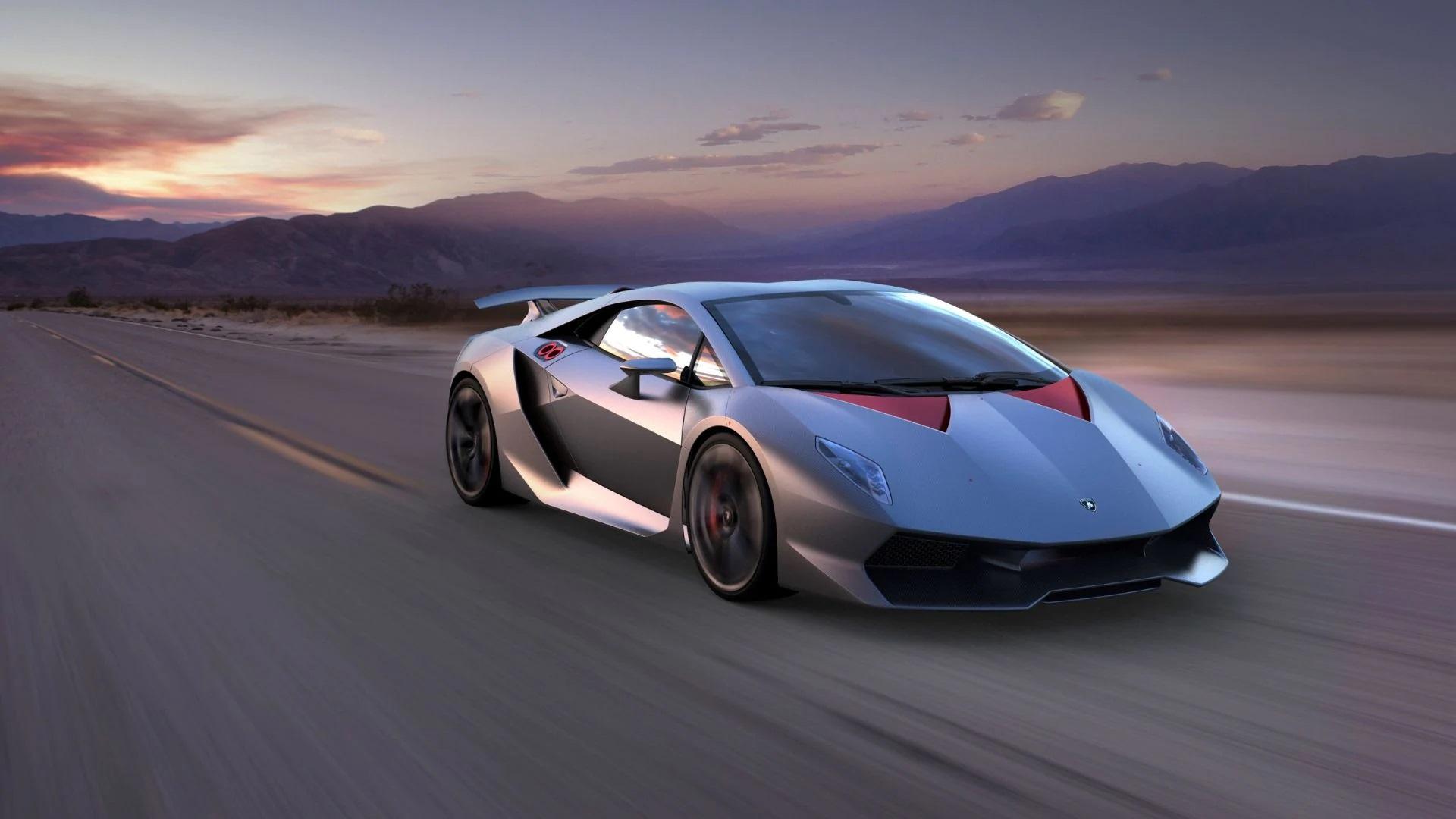
| Model | Weight |
| Lamborghini Sesto Elemento | ~999 kg (2,202 lbs) |
| Lamborghini Reventón (Coupe) | ~1,665 kg (3,671 lbs) |
| Lamborghini Reventón Roadster | ~1,690 kg (3,726 lbs) |
| Lamborghini Aventador J | ~1,575 kg (3,472 lbs) |
| Lamborghini Veneno | ~1,490 kg (3,285 lbs) |
| Lamborghini Veneno Roadster | ~1,490 kg (3,285 lbs) |
| Lamborghini Centenario LP770-4 | ~1,520 kg (3,351 lbs) |
| Lamborghini Centenario LP770-4 Roadster | ~1,570 kg (3,461 lbs) |
| Lamborghini SC18 Alston | ~1500 kgs (3306 lbs) |
| Lamborghini Sián FKP37 (Coupe) | ~1,600 kg (3,527 lbs) |
| Lamborghini Sián Roadster | ~1,650 kg (3,638 lbs) |
| Lamborghini Essenza SCV12 | ~1,200 kg (2,645 lbs) |
| Lamborghini SC20 | ~1550 kg (3417 lbs) |
Factors Influencing the Weight of a Lamborghini
When it comes to supercars, every detail matters, and weight is a critical component. Several nuances come into play in determining the weight of a vehicle, especially for a brand as refined as Lamborghini. Let’s delve deeper into what influences the weight of these iconic Italian machines:
- Materials and Construction: One of the cornerstones of Lamborghini’s engineering prowess is its choice and application of materials. Carbon fiber, renowned for its lightweight properties and immense strength, is a favorite. Lamborghini’s extensive use of this material, especially in the monocoque structure, body panels, and interiors, ensures the right balance of structural rigidity and weight-saving. In addition to carbon fiber, the brand also integrates aluminum and other composite materials in various parts of the vehicle. The focus is always on achieving a harmonious blend of durability and lightness.
- Engine and Transmission: Every engine has a unique weight profile. Lamborghini offers engines ranging from V10s to V12s, each with its characteristics. A V12, while delivering a more substantial power output, naturally weighs more than its V10 counterpart. Similarly, the type of transmission, its components, and even the exhaust system can have a notable impact on the overall weight.
- Onboard Technology: In our tech-centric era, vehicles come loaded with a range of advanced systems. From the sophisticated Lamborghini Dinamica Veicolo Integrata (LDVI) system that optimizes vehicle dynamics to high-resolution infotainment displays and advanced sound systems, the technology adds layers of complexity and, in turn, weight. However, these systems are integral in offering drivers a modern, holistic driving experience.
- Aerodynamics and Performance Components: A supercar’s aerodynamic profile isn’t just about slicing through the air with ease; it also encompasses active and passive components that manage airflow. Lamborghini’s active aerodynamic systems, which adjust in real-time based on driving conditions, come with their weight. Additionally, other performance-centric components, such as larger brake systems for improved stopping power or reinforced suspension systems for optimal handling, can add to the overall mass.
- Customization and Optional Features: Lamborghini’s Ad Personam program allows owners to tailor their vehicles to their precise tastes. From specialized interior finishes to unique exterior enhancements, these customizations, while enhancing the vehicle’s aesthetic and functional appeal, can also influence its weight. Two Lamborghinis, outwardly identical, might have subtle differences in weight due to the bespoke elements chosen by their owners.
Why Does Weight Matter?
Weight plays an instrumental role in the automotive world, more so when it comes to supercars and high-performance vehicles. Every kilogram or pound can make a difference on the track or the open road. Delving deeper into the significance of weight provides insights into vehicle dynamics, performance nuances, and efficiency metrics. Here’s a comprehensive look at why weight is such a pivotal aspect:
- Performance Dynamics: At the heart of any supercar, including Lamborghinis, is the quest for exhilarating performance. A vehicle’s weight directly impacts its acceleration capabilities. Lighter cars benefit from a superior power-to-weight ratio, which means the engine has to move less mass, resulting in quicker acceleration. This is especially evident during straight-line sprints where shedding even a few kilograms can shave off valuable milliseconds.
- Braking and Deceleration: While acceleration is often in the spotlight, equally vital is a vehicle’s ability to decelerate efficiently. A lighter vehicle requires less energy to come to a stop, allowing for more precise braking. High-performance cars equipped with advanced braking systems can further capitalize on reduced weight, offering shorter stopping distances and increased safety margins.
- Handling and Agility: One of the joys of driving a supercar is its nimbleness around corners and bends. The weight of a vehicle, and more importantly, its distribution, plays a crucial role in handling dynamics. A well-balanced car, where weight is evenly spread, provides a more connected driving experience. It reacts predictably to steering inputs, maintains its line through corners, and minimizes body roll. Lighter cars, especially those with a rear or mid-engine layout, can pivot around their center of gravity, making them agile and responsive.
- Fuel Efficiency and Range: Beyond raw performance, weight has implications on a vehicle’s operational efficiency. A lighter car typically consumes less fuel or, in the case of electric vehicles, uses less battery power for the same distance. This translates to extended range, fewer refueling stops, and, over time, potential savings.
- Wear and Tear: Heavier vehicles can exert more strain on their components. Whether it’s the tires, suspension, or brakes, increased weight can accelerate wear and tear. By optimizing weight, automakers like Lamborghini ensure longevity and reduced maintenance intervals, ensuring the vehicle performs at its peak for longer.
- Aerodynamic Efficiency: While weight and aerodynamics might seem distinct, they are intrinsically linked. Lighter materials often allow engineers more flexibility in sculpting a car’s body, optimizing airflow, reducing drag, and enhancing downforce. This not only aids performance but also contributes to better fuel efficiency and stability at high speeds.
Conclusion
Lamborghini, as a brand, embodies a commitment to performance, innovation, and design. While the weights of their vehicles can vary based on numerous factors, the focus remains consistent: to engineer machines that offer an unparalleled driving experience. For enthusiasts, understanding these weight dynamics only deepens their appreciation for what goes into creating these iconic cars. Whether you’re an owner, an admirer, or a curious soul, there’s no denying the allure of the raging bull and the intricacies that define its weight.

